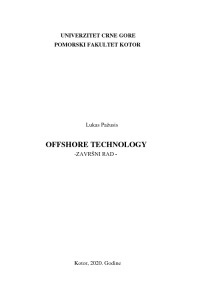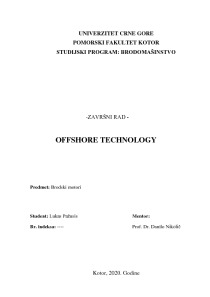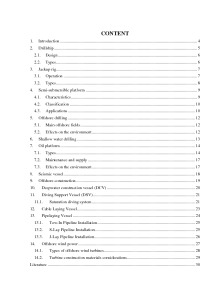Offshore Technology



Introduction. Drillship. Design. Types. Jackup rig. Operation. Types. Semi-submersible platform. Characteristics. Classification. Applications. Offshore drilling. Main offshore fields. Effects on the environment. Shallow water drilling. Oil platform. Types. Maintenance and supply. Effects on the environment. Seismic vessel. Offshore construction. Deepwater construction vessel (DCVDiving Support Vessel (DSVSaturation diving system. Cable Laying Vessel. Pipelaying Vessel. Tow-In Pipeline Installation. S-Lay Pipeline Installation. J-Lay Pipeline Installation. Offshore wind power. Types of offshore wind turbines. Turbine construction materials considerations. Literature.
Let‘s try to talk about offshore fleet, offshore construction out at sea and offshore wind power.
fields in India (Mumbai High, K G Basin-East Coast Of India, Tapti Field, Gujarat, India)
Picture 7. Diagram of floating production storage and offloading unit.
Pipelaying vessel (PLV) or pipelay vessel is a specialized floating facility for submerged pipeline laying. It is widely used in offshore fields development for laying pipelines up to 1,420 millimeters in diameter down to 2,500 meters depth.
As a rule, several vessels participate in the process of pipe laying. Special barges continuously supply pipes to a pipelaying vessel, which is preceded by a vessel monitoring the seabed. The supplied pipes are unloaded on storage sites located directly on the deck of the pipelaying vessel. They should have a stock of pipes for 12 hours of work.
Picture 20. The world's first full-scale floating wind turbine, Hywind, being
assembled in the Åmøy Fjord near Stavanger, Norway in 2009, before deployment in the North Sea.
- Transport Individual works
- Microsoft Word 1835 KB
- 2020 m.
- English
- 30 pages (8683 words)
- College
- Lukas

















